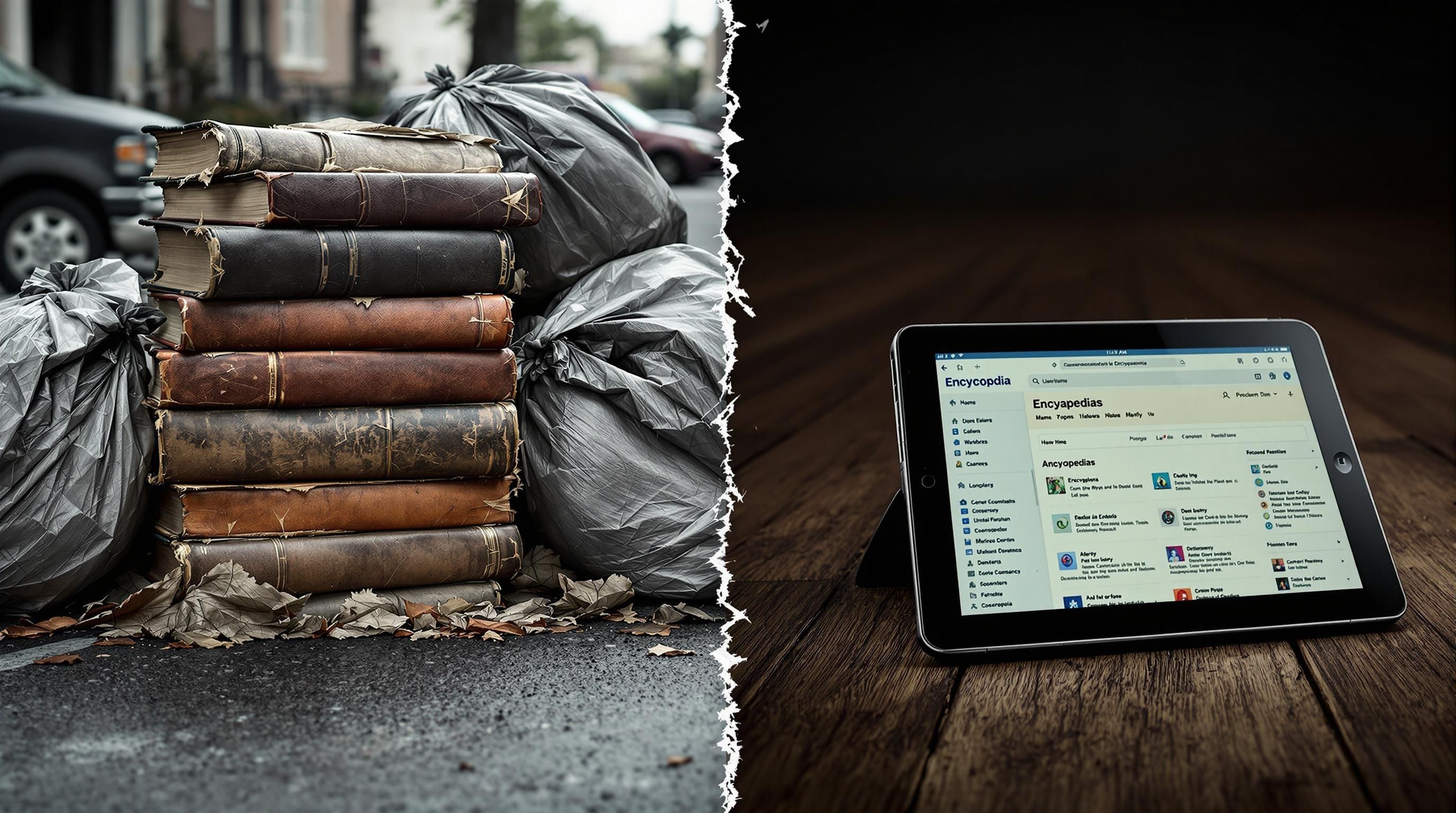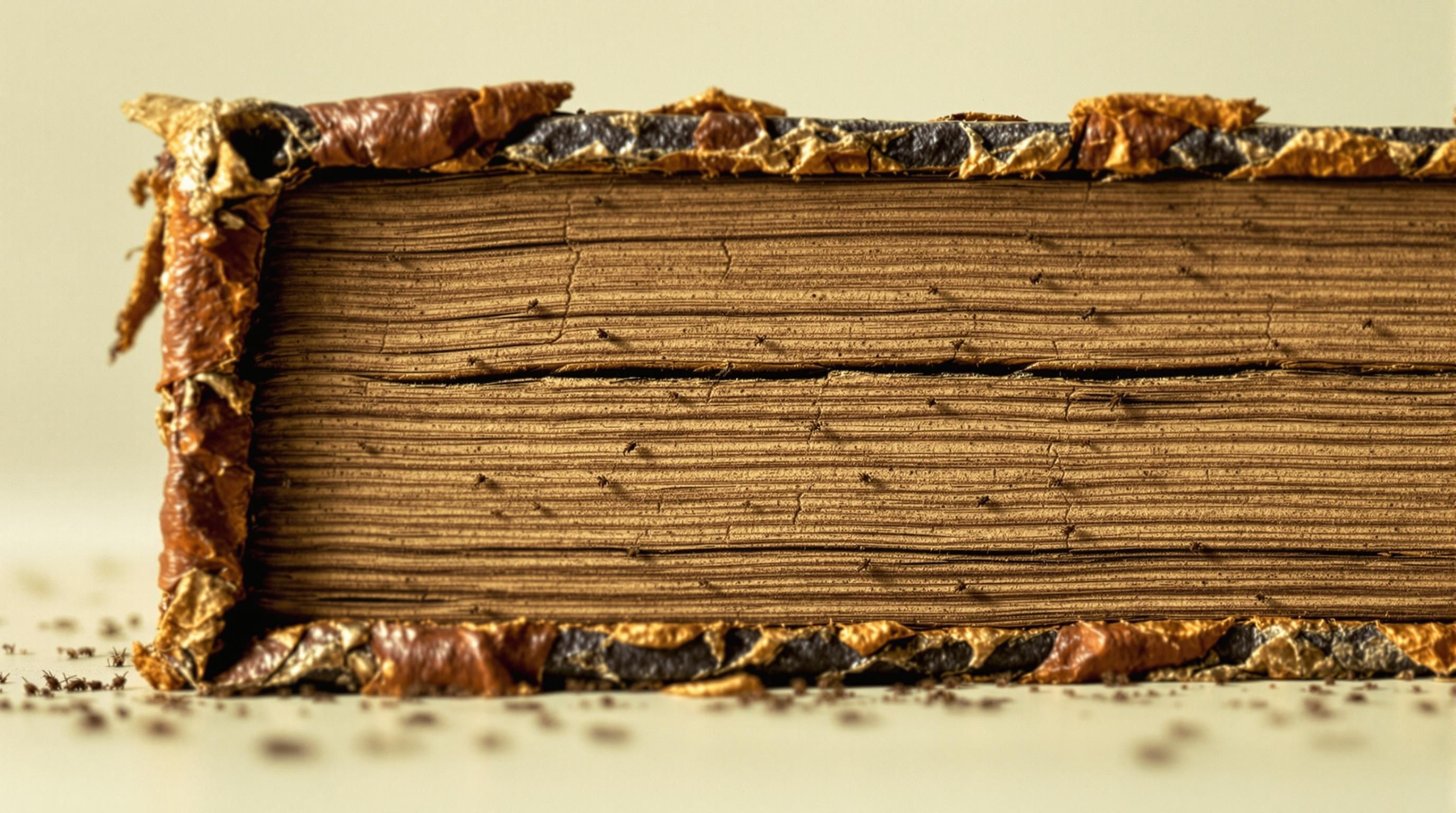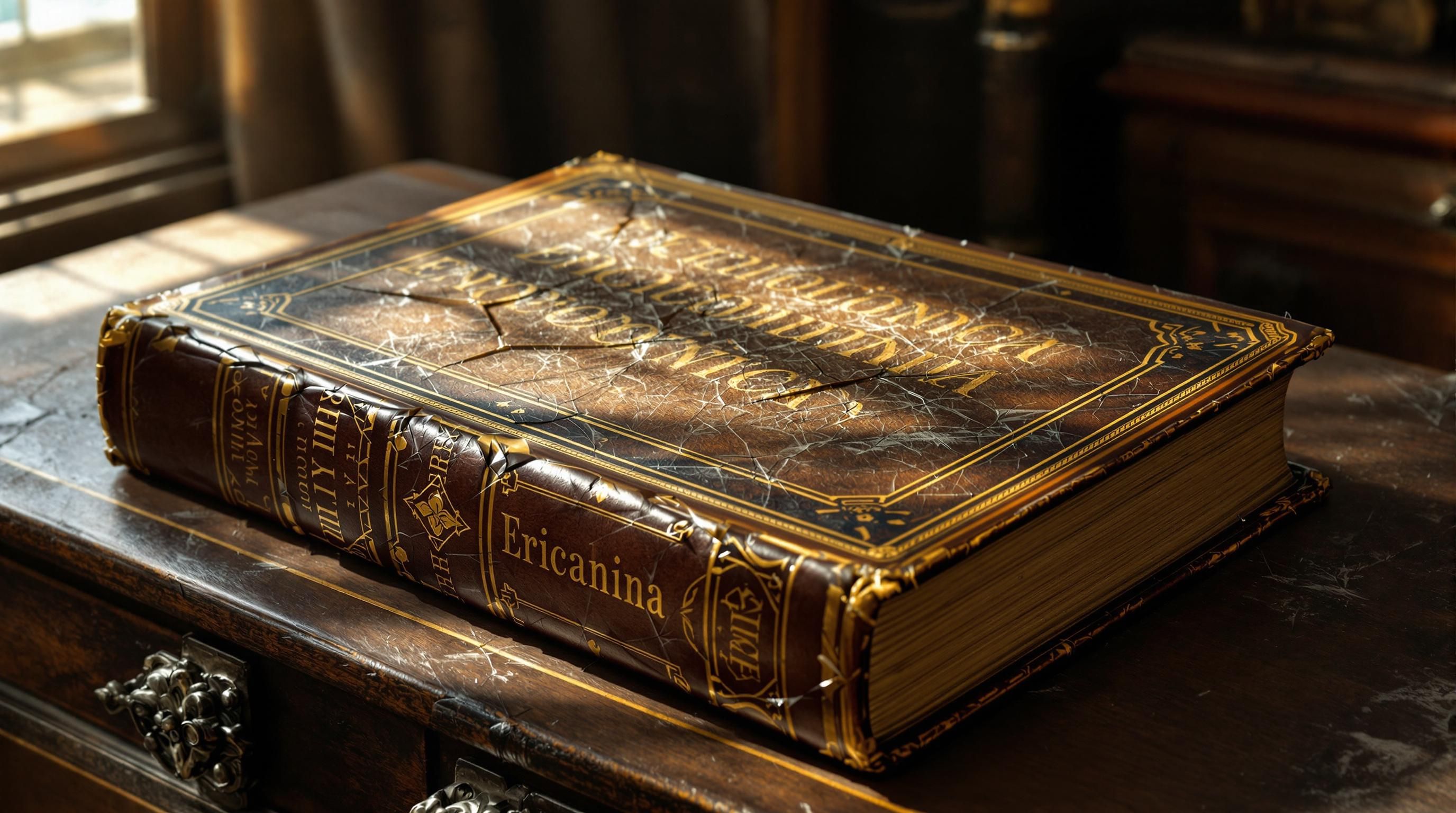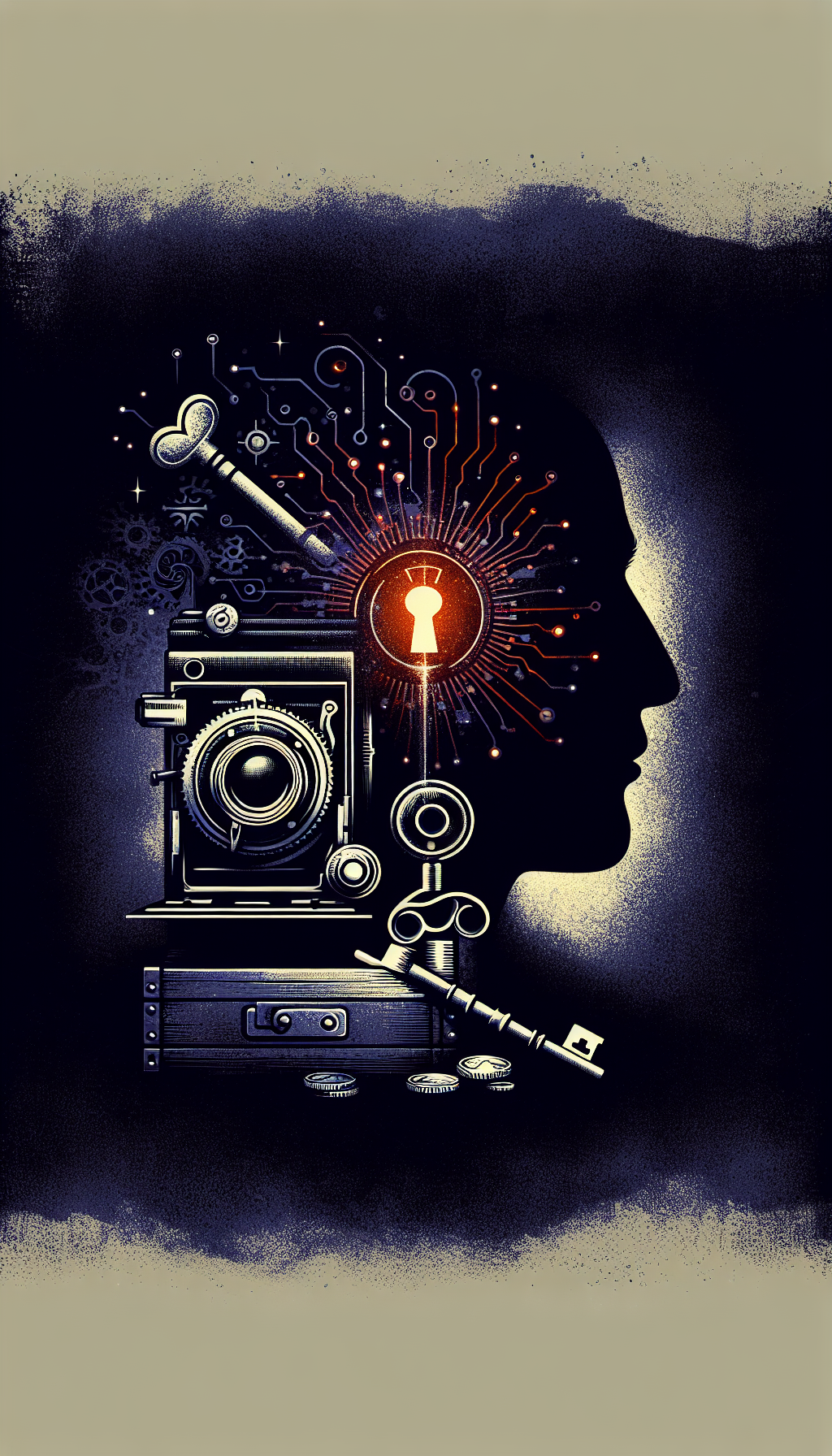Introduction to Old Encyclopedia Values
Many households have inherited or acquired complete encyclopedia sets that once represented significant investments. Today, these hefty tomes often gather dust, prompting owners to wonder about their potential value. With the rise of digital resources, traditional encyclopedias have largely been replaced, dramatically affecting their market value.
The Reality of Encyclopedia Value Today
Most encyclopedia sets from the mid-20th century onward have minimal monetary value today. The wide availability of these mass-produced reference works, combined with the shift to digital information sources, has resulted in a saturated market with limited demand. However, certain rare, antique, or specialized sets can still command impressive prices in the right markets.
Market Value of Common Encyclopedia Sets
Popular encyclopedia sets from the mid-to-late 20th century, such as World Book and Encyclopedia Britannica, typically sell for significantly less than their original purchase price. Here’s what you can expect for these common sets in today’s market:
Common Encyclopedia Value Ranges
Current market values for popular encyclopedia sets
</tbody>
</table>
According to online forums like Reddit, most used bookstores won’t purchase encyclopedia sets, and even thrift stores are hesitant to accept donations due to limited customer interest and the space these sets require.
Factors That Determine Value
Age and Historical Significance
The age of an encyclopedia set dramatically impacts its value. Sets published before 1900 tend to hold greater value, with the oldest examples from the 18th and early 19th centuries commanding the highest prices.
Age Impact on Encyclopedia Value
First Editions and Early Printings
First editions of significant encyclopedia sets can be particularly valuable. For example:
- First edition Encyclopædia Britannica (1768-1771): Extremely valuable, potentially worth $10,000+ if complete
- Early 19th century editions: Can range from $500-$3,000 depending on condition and completeness
- Mid-19th century sets: Generally $200-$1,000 for complete sets in good condition
Condition Assessment
The physical condition of encyclopedias significantly impacts their value. Books with significant damage are typically worth very little regardless of age.
Encyclopedia Condition Assessment
Factors that affect the value of vintage encyclopedias
- Bindings are intact with minimal wear
- Pages are clean without yellowing, stains, or foxing
- Complete set with all volumes present
- Original dust jackets (if applicable) are present
- No moisture damage, mold, or insect damage
- Gilt edges and decorative elements are well-preserved
According to a Quora response from a book collector, World Book Encyclopedia sets from the 1970s have sold for between $8 and $1,200 on the secondary market, with most falling around $200—highlighting how condition and completeness affect final values.
Binding and Aesthetic Appeal
The materials and craftsmanship of an encyclopedia’s binding can significantly impact its value:
- Leather-bound sets with gilt decorations are generally more valuable
- Limited edition bindings or special collection editions may command premium prices
- Decorative sets that appeal as home decor can sell for higher prices regardless of content

Highly Valuable Encyclopedia Types
While most modern encyclopedia sets have minimal value, certain rare or specialized encyclopedias can be worth substantial sums to collectors and institutions.
Evolution of Encyclopedia Collectibility
- 1700s
Early Enlightenment Encyclopedias
The earliest attempts at comprehensive knowledge compilation, such as Chambers' Cyclopaedia (1728) and d'Alembert and Diderot's Encyclopédie (1751-1772), are extremely valuable historical artifacts. - 1800s
Victorian Era Specialty Encyclopedias
Specialized reference works focusing on subjects like botany, medicine, and technology emerged during this period and often feature detailed hand-colored illustrations that appeal to collectors. - Early 1900s
Limited Edition & Luxury Sets
Special limited editions with fine bindings, especially those produced in small numbers for wealthy subscribers, maintain substantial value. - Mid-1900s
Mass Production Era
The golden age of home encyclopedia sales saw millions of sets produced, resulting in today's oversupply and minimal value for most sets from this period. - Digital Age
End of Print Encyclopedia Era
With Encyclopedia Britannica ending print production in 2012, the era of printed encyclopedias came to a close, potentially increasing future collector interest in well-preserved examples.
Rare and Antique Encyclopedias
According to Rare Books Digest, antique encyclopedias are attracting collectors primarily for two reasons: scarcity and historical information. The older and rarer an encyclopedia, the more valuable it typically becomes.
Particularly valuable examples include:
- Diderot’s Encyclopédie (1751-1772): Complete sets have sold for over $20,000
- Early editions of Encyclopædia Britannica (pre-1800): Can range from $2,000-$15,000+
- Samuel Johnson’s Dictionary (not technically an encyclopedia but a valuable reference): First editions can sell for $25,000+
Specialty and Niche Encyclopedias
Specialized encyclopedias focusing on particular subjects can be surprisingly valuable, especially those with artistic or scientific significance:
- Early botanical encyclopedias with hand-colored illustrations
- Medical encyclopedias with detailed anatomical plates
- Technological and mechanical encyclopedias with technical drawings
- Regional or cultural encyclopedias with limited print runs
Where and How to Sell Valuable Encyclopedias
If you believe your encyclopedia set may have value, here are the best venues for selling:
Best Places to Sell Valuable Encyclopedia Sets

For Rare and Antique Sets:
Specialty Book Dealers: Established rare book dealers often have connections with serious collectors of antique reference works.
Auction Houses: For truly valuable sets, reputable auction houses like Christie’s, Sotheby’s, and Bonhams have dedicated book departments.
Book Fairs: Annual antiquarian book fairs attract serious collectors looking for rare volumes.
For Common Sets with Some Value:
Online Marketplaces: eBay and similar platforms frequently list encyclopedia sets, with complete Encyclopedia Britannica sets from the 1960s selling for around $330.
Facebook Marketplace and Craigslist: Better for local sales to avoid shipping costs for these heavy items.
Used Bookstores: Some may purchase sets in excellent condition, though typically at low prices.
Encyclopedia Selling Statistics
Alternative Uses for Encyclopedias with Little Value
If your encyclopedias aren’t valuable enough to sell, consider these creative alternatives:
- Decorative Use: Many interior designers purchase encyclopedias for their aesthetic appeal rather than content
- Book Art Projects: Upcycling into book sculpture, paper flowers, or collage art
- Donation to Historical Societies: Local organizations may want sets for display purposes
- Film and Theater Props: Period productions often need authentic-looking reference books
- Responsible Recycling: When no other options remain, recycling prevents landfill waste
According to an article on MLive, options for disposing of encyclopedias include donating to libraries for book sales, offering them on freecycle.org, or properly recycling them.
Expert Tips for Encyclopedia Valuation
Research Comparable Sales
Look for similar encyclopedia sets that have recently sold to gauge realistic market value:
- Check completed listings on eBay and other auction sites
- Research specialized book dealer catalogs
- Consult antiquarian bookseller databases
Professional Appraisal Options
For potentially valuable sets, consider these appraisal options:
- Professional Book Appraisers: Members of organizations like the Antiquarian Booksellers’ Association of America can provide formal valuations
- Auction House Specialists: Many offer free initial assessments for items they might auction
- Rare Book Librarians: Academic institutions with rare book collections often have staff who can provide informal opinions
Preparation for Sale
To maximize value when selling encyclopedias:
- Clean books carefully with appropriate methods for their binding type
- Repair minor damage when feasible without diminishing authenticity
- Create detailed descriptions noting edition, year, condition, and completeness
- Photograph books thoroughly, including any special features or flaws
- Set realistic price expectations based on market research
Encyclopedia Valuation Resources
Rare Books Digest: Valuable Encyclopedias
Comprehensive guide to identifying truly valuable encyclopedia sets and understanding collector preferences.
Antiquarian Booksellers' Association of America
Directory of professional rare book dealers who can appraise valuable encyclopedia sets and potentially purchase them.
OwnersOasis: Are Any Old Encyclopedias Worth Money?
Detailed analysis of which encyclopedia sets retain value in today's market and factors that influence collectibility.
Selling Your Old Encyclopedias: Tips and Strategies
Comprehensive guide to preparing encyclopedia sets for sale and choosing the right selling platform.
eBay Encyclopedia Listings
Current marketplace listings providing up-to-date valuation data for common encyclopedia sets.
Etsy Old Encyclopedia Sets
Marketplace showcasing creative uses for encyclopedia sets and price points for decorative applications.
Notable Auction Results for Encyclopedia Sets
While most encyclopedia sets have limited value, exceptional examples sometimes achieve remarkable prices at auction:
Notable Encyclopedia Auction Sales
Recent significant sales of rare encyclopedias
| Category | Price | Notes |
|---|---|---|
| 1950s-1990s Encyclopedia Britannica | $50-$300 | Complete sets in good condition |
| 1950s-1990s World Book Encyclopedia | $30-$200 | Varies by year and condition |
| 1960s-1980s Collier's Encyclopedia | $20-$150 | Complete set with yearbooks |
| 1970s-1990s Funk & Wagnalls | $15-$100 | Lower demand than other major brands |
</tbody>
</table>
Note that the most valuable encyclopedia-type works often transcend standard reference categories, becoming prized for their artistic or historical significance rather than reference value.
Conclusion: Making the Right Decision About Your Encyclopedias
If you’re considering selling or disposing of an encyclopedia set:
- Assess realistically: Most sets from the 1950s-1990s have minimal value ($15-$300)
- Research thoroughly: Check for similar sets that have recently sold online
- Consider alternatives: Decorative use, donation, or recycling may be better options than attempting to sell common sets
- Seek professional appraisal: For potentially valuable antique sets, consult with a book specialist
Remember that while the monetary value of most encyclopedias has declined dramatically, they still represent important artifacts of how knowledge was preserved and shared in the pre-digital era. Some collectors and institutions value these works for their historical significance rather than their content or market price.
Common Questions About Old Encyclopedia Values
What can I do with my 30-year-old encyclopedia set?
For encyclopedia sets from the 1990s that typically have minimal monetary value, you have several options:
- Donate to your local library (call first to confirm they accept them)
- Offer them for free on platforms like Freecycle.org or Facebook Marketplace
- Use them for decorative purposes or creative projects
- If they’re in poor condition, check with local recycling centers about proper disposal methods
- Contact local theaters or film production companies that might use them as props
While most modern encyclopedias have limited resale value, some people appreciate them for nostalgic or decorative purposes.
Are old encyclopedias worth any money?
The monetary value of old encyclopedias varies dramatically:
Highly Valuable: Rare sets from the 18th and early 19th centuries, especially first editions in good condition, can be worth thousands of dollars. Specialized encyclopedias with limited print runs can also command high prices.
Moderately Valuable: Complete sets in excellent condition from the early 20th century might sell for $100-$500, especially if they have attractive bindings.
Minimal Value: Most encyclopedia sets from the 1950s-1990s (including Encyclopedia Britannica and World Book) typically sell for $15-$200 despite originally costing much more.
The dramatic decrease in value reflects both the availability of digital information and the large supply of used encyclopedia sets.
What can I do with my 40-year-old encyclopedias?
For encyclopedia sets from the 1980s, consider these options:
Donate: Libraries, schools, or non-profit organizations sometimes accept donations for book sales or educational purposes, though many now decline encyclopedia donations due to outdated information.
Sell: List them on platforms like eBay, Craigslist, or Facebook Marketplace. Be realistic about pricing—most 1980s sets sell for $30-$150 if complete and in good condition.
Repurpose: Consider creative reuse projects. Many designers use vintage encyclopedias for interior decoration, craft projects, or as props.
Recycle: If the encyclopedias are in poor condition or you can’t find a new home for them, recycling is an environmentally responsible option.
Before disposing of them, check if your set has any unique features or limited edition bindings that might make it more valuable to collectors.
How much is a set of 1970 World Book encyclopedias worth?
A complete set of 1970 World Book encyclopedias typically sells for $30-$200 depending on:
- Condition: Sets in excellent condition with minimal wear command higher prices
- Completeness: All volumes must be present, including any yearbooks or supplementary materials
- Binding Type: Sets with more attractive covers tend to sell better
- Market Timing: Prices fluctuate based on supply and demand
According to information from Quora respondents, similar World Book sets from this era have sold for between $8 and $1,200, with most complete sets in good condition settling around $200. However, finding a buyer at the higher end of this range often requires patience and the right marketplace.
For context, these sets originally sold for approximately $500-$900 when new (equivalent to roughly $3,500-$6,300 in today’s dollars), representing a significant depreciation.
Where can I sell old encyclopedias?
Options for selling old encyclopedias vary based on their age, rarity, and condition:For common sets (1950s-1990s):
- Online marketplaces like eBay, Facebook Marketplace, and Craigslist
- Used bookstores (though many no longer accept encyclopedias)
- Local classified ads
- Estate sales or yard sales
For rare or antique encyclopedias:
- Specialized antiquarian booksellers
- Auction houses like Christie’s or Sotheby’s for valuable sets
- Online platforms specializing in rare books like AbeBooks or Biblio
- Antique dealers who focus on paper ephemera
For the best results, thoroughly research your encyclopedia set’s edition and value before attempting to sell, and provide detailed information and photos when listing.
What makes an encyclopedia valuable to collectors?
Several key factors determine an encyclopedia's collectible value:
Age: Generally, the older the set, the more valuable. Pre-1900 encyclopedias are typically more desirable than modern sets.
Edition: First editions or landmark editions can command premium prices. For example, the first edition of Encyclopedia Britannica (1768-1771) is highly collectible.
Condition: Books with intact bindings, minimal wear, and clean pages are worth significantly more than damaged examples.
Completeness: All volumes must be present for maximum value.
Illustrations: Sets with hand-colored plates or detailed engravings are particularly desirable.
Binding Quality: Leather-bound sets with decorative elements like gilt edges typically have higher value.
Historical Significance: Encyclopedias containing notable early descriptions of discoveries or historically significant information may have additional value.
Rarity: Limited edition sets or those with small print runs are generally more valuable than mass-produced editions.
While content accuracy is less important for collectors (who value these as historical artifacts rather than reference tools), the physical condition and completeness are paramount.
Get a Professional Appraisal
Unsure about your item’s value? Our certified experts provide fast, written appraisals you can trust.
- Expert report with photos and comps
- Fast turnaround
- Fixed, upfront pricing
No obligation. Secure upload.
| Item | Price | Date | Auction House |
|---|---|---|---|
| Encyclopédie by Diderot & d'Alembert (1751-1772) | $22,000 | May 2022 | Christie's |
| First Edition Encyclopedia Britannica (1768-1771) | $16,500 | November 2023 | Sotheby's |
| Edward Curtis' "The North American Indian" (1907-1930) | $1.44 million | October 2012 | Christie's |
| Audubon's "Birds of America" (1827-1838) | $9.65 million | December 2010 | Sotheby's |




